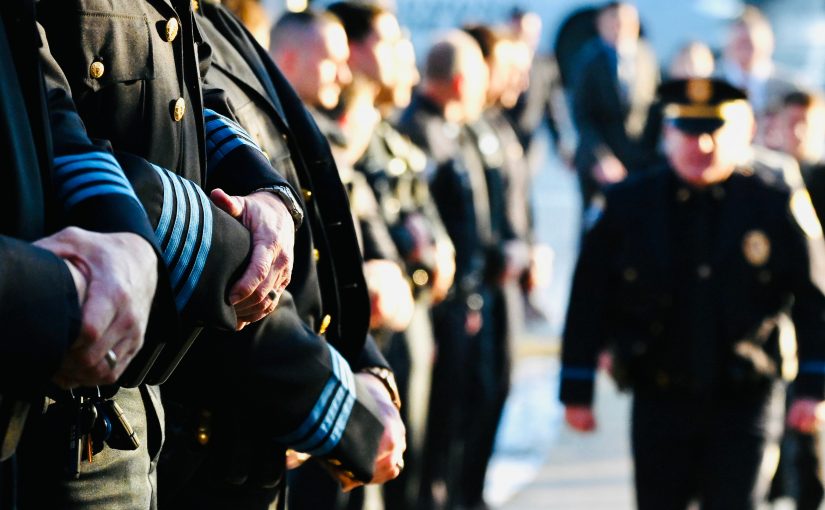
Civilian police employees have played a significant role in policing for decades.1 According to the Bureau of Justice Statistics, in 2018, civilians accounted for 35 percent of the 1,214,000 employees in 17,541 general-purpose police agencies in the United States.2 The number of civilian personnel increased at triple the rate of sworn personnel from 1996 to 2018. Of approximately 427,000 civilians in police agencies, 40 percent were employed by sheriff’s offices and just over 30 percent were employed by local police departments.
Discussions about the roles of nonsworn employees and civilianization tend to be cyclical, especially when staffing and budgeting challenges arise. “Civilianization” in the context of policing is defined as “law enforcement agency’s hiring of nonsworn personnel to replace or augment its corps of sworn officers, typically with the aims of reducing costs and improving service.”3 Changes in technology, community policing, and expectations of police officers’ responsibilities have led to growth in civilian job opportunities beyond the traditional roles of call dispatchers and records personnel. Civilian police employees serve in many capacities, including chaplains, attorneys, intelligence and crime analysts, technology specialists, community advisors, and budget personnel.
There is limited research or data on civilian employees in policing and no known data on how many are in leadership positions. While the heads of some agencies officially hold civilian titles (e.g., commissioner of the New York City Police Department), it is rare to see an agency head without prior sworn service, and as such, they are not typically considered a “true” civilian employee by the rank and file. One exception is Director Tawana Moody, who, with no traditional policing experience, was selected to lead the Jersey City, New Jersey, Police Department in 2021 (see sidebar).4
In order to access the rest of the article sign in with your IACP or Subscriber credentials.


